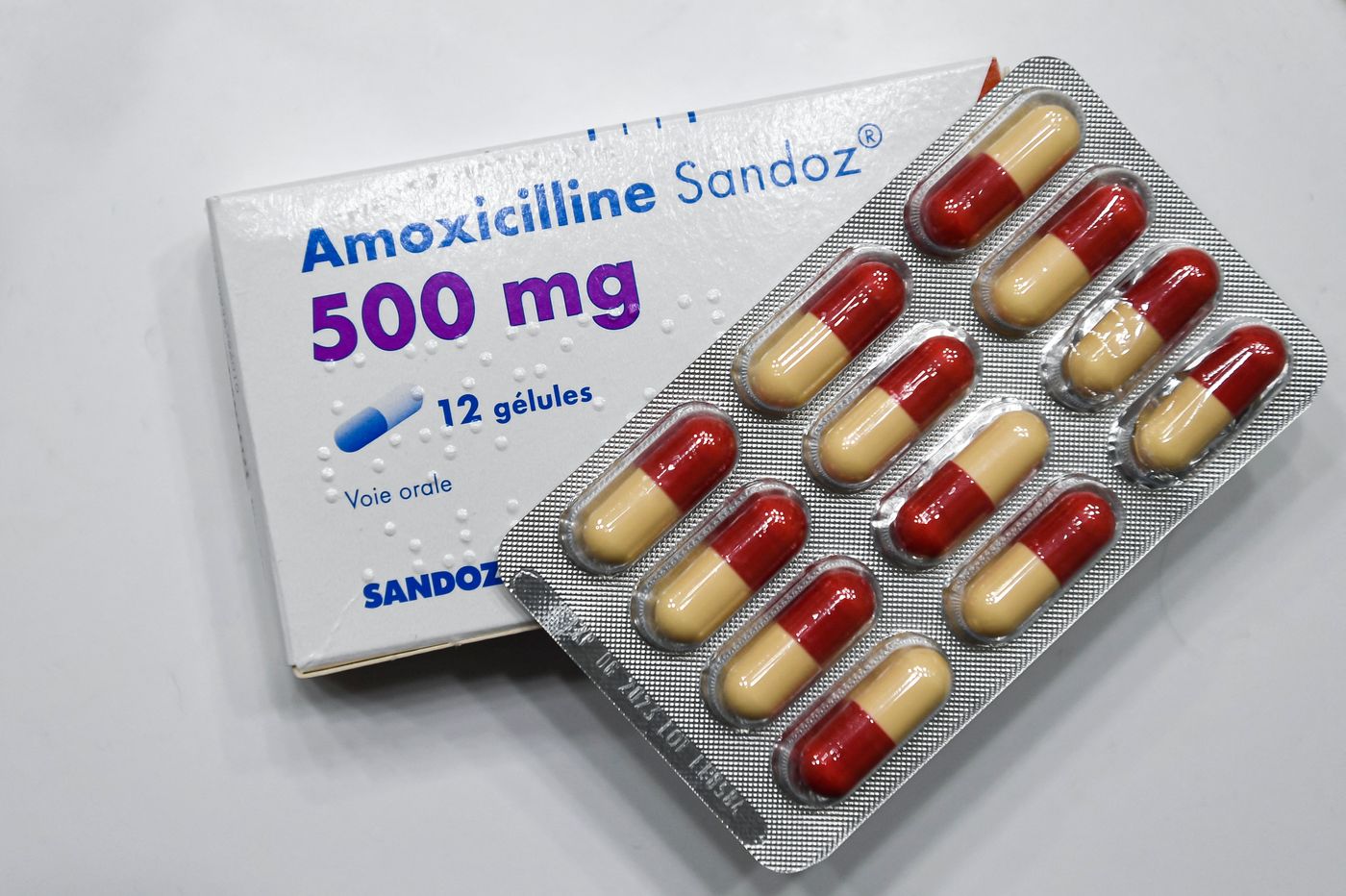Lyme Disease: Symptoms, Causes, Treatment
What are the symptoms of Lyme disease?
Lyme disease is caused by the bacterium Borrelia burgdorferi and is transmitted to humans through the bite of infected black-legged ticks. The symptoms of Lyme disease can vary widely and may not always be present or noticeable. The disease progresses in three stages, each with its own set of symptoms:
- Early localized stage: This stage typically occurs within 3 to 30 days of a tick bite and is characterized by a rash known as erythema migrans. This rash often looks like a red bull’s-eye and expands slowly over days or weeks. It is usually not painful or itchy. Other symptoms at this stage may include fever, chills, fatigue, headache, muscle and joint aches, and swollen lymph nodes.
- Early disseminated stage: If Lyme disease is not treated in the early localized stage, the bacteria can spread to other parts of the body, leading to symptoms such as multiple erythema migrans rashes, facial or Bell’s palsy (muscle weakness or paralysis on one side of the face), severe headaches and neck stiffness due to meningitis, shooting pains, heart palpitations, and dizziness due to inflammation of the heart or irregular heart rhythm.
- Late disseminated stage: If Lyme disease is still untreated, it can progress to the late disseminated stage months to years after the initial infection. Symptoms at this stage may include severe headaches and neck stiffness due to meningitis, arthritis with severe joint pain and swelling, particularly in the knees, neurological problems such as numbness, tingling, or weakness in the hands or feet, and cognitive defects such as memory loss and difficulty concentrating.
It’s important to note that not all individuals with Lyme disease will develop the characteristic bull’s-eye rash, and some people may not have any noticeable symptoms. If you suspect that you have been bitten by a tick or are experiencing symptoms of Lyme disease, it’s important to seek medical attention promptly for diagnosis and treatment. Lyme disease can be effectively treated with antibiotics, especially in the early stages.
What are the causes of Lyme disease?
Lyme disease is caused by the bacterium Borrelia burgdorferi, which is transmitted to humans through the bite of infected black-legged ticks, also known as deer ticks. Ticks become infected with Borrelia burgdorferi after feeding on infected animals, such as mice, squirrels, or deer. When an infected tick bites a human and feeds on their blood, the bacteria can be transmitted to the person, leading to Lyme disease.
It’s important to note that not all ticks carry the bacteria that cause Lyme disease, and the risk of contracting the disease varies depending on the region and time of year. In the United States, Lyme disease is most commonly reported in the Northeast, mid-Atlantic, and upper Midwest regions, where black-legged ticks are most prevalent.
Ticks typically need to be attached to a person for at least 36 to 48 hours to transmit the bacteria that cause Lyme disease. Therefore, early detection and removal of ticks can help reduce the risk of infection. If you have been bitten by a tick or are in an area where ticks are common, it’s important to check your body for ticks and remove them promptly to reduce the risk of Lyme disease.
What is the treatment for Lyme disease?
The treatment for Lyme disease typically involves antibiotics, which are used to kill the bacterium Borrelia burgdorferi that causes the disease. The specific antibiotic and duration of treatment depend on several factors, including the stage of the disease, the presence of symptoms, and the patient’s overall health.
For early localized Lyme disease, which is characterized by the presence of a characteristic bull’s-eye rash (erythema migrans) and flu-like symptoms, oral antibiotics such as doxycycline, amoxicillin, or cefuroxime axetil are usually prescribed for 10 to 21 days.
For early disseminated or late Lyme disease, which may involve neurological symptoms, joint inflammation, or heart abnormalities, intravenous (IV) antibiotics such as ceftriaxone or penicillin may be recommended for a period of 14 to 28 days.
In some cases, symptoms of Lyme disease may persist or recur after treatment, a condition known as post-treatment Lyme disease syndrome (PTLDS). The cause of PTLDS is not well understood, and there is no consensus on the best approach to treatment. Some patients may benefit from additional antibiotic therapy or other treatments to manage symptoms.
It’s important to note that early diagnosis and treatment of Lyme disease can help prevent the development of more severe symptoms and complications. If you suspect that you have been bitten by a tick or are experiencing symptoms of Lyme disease, such as fever, rash, fatigue, or muscle and joint aches, it’s important to seek medical attention promptly for diagnosis and treatment.




